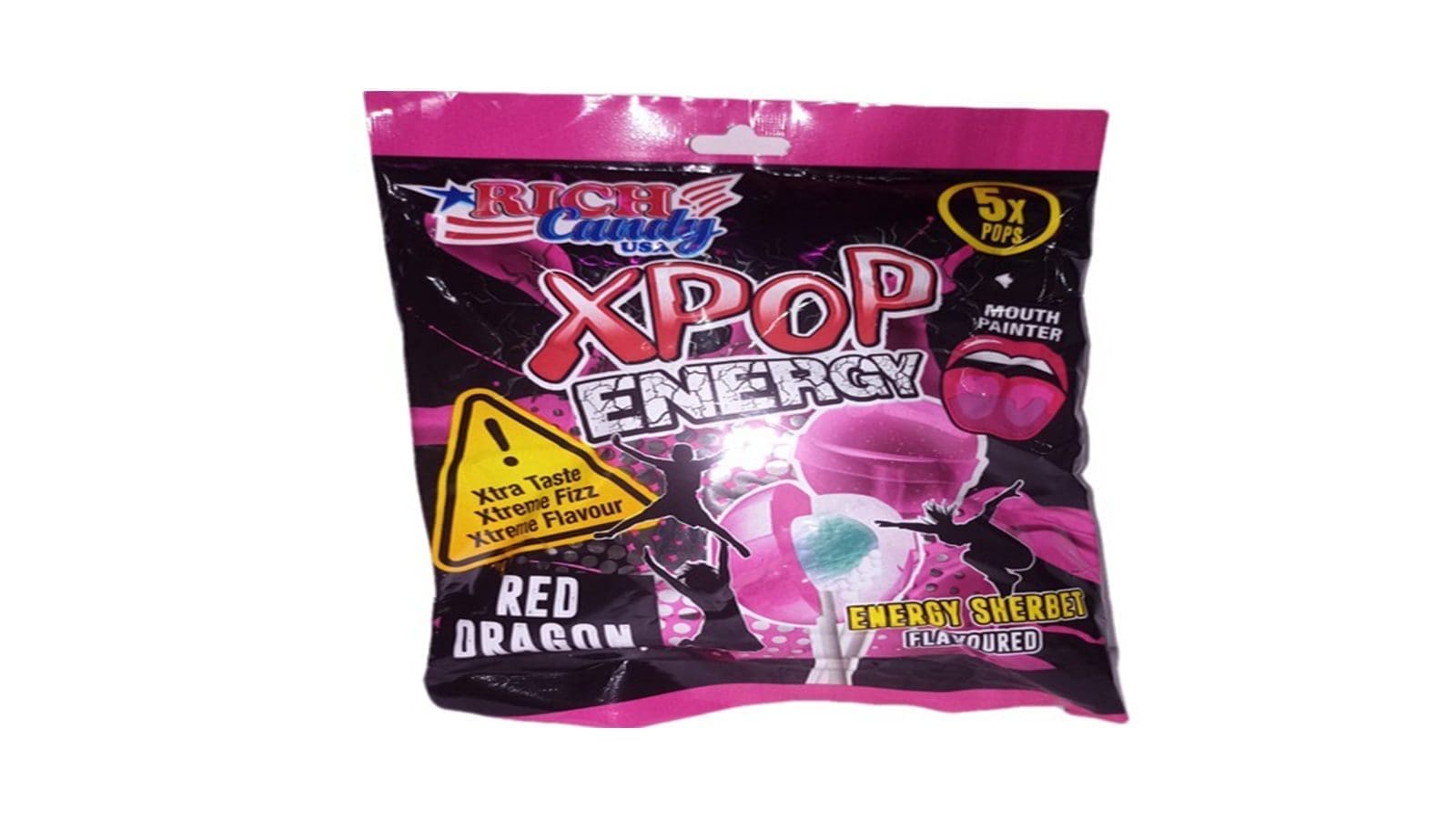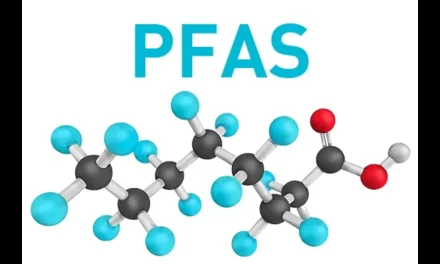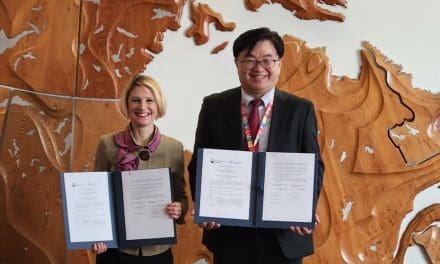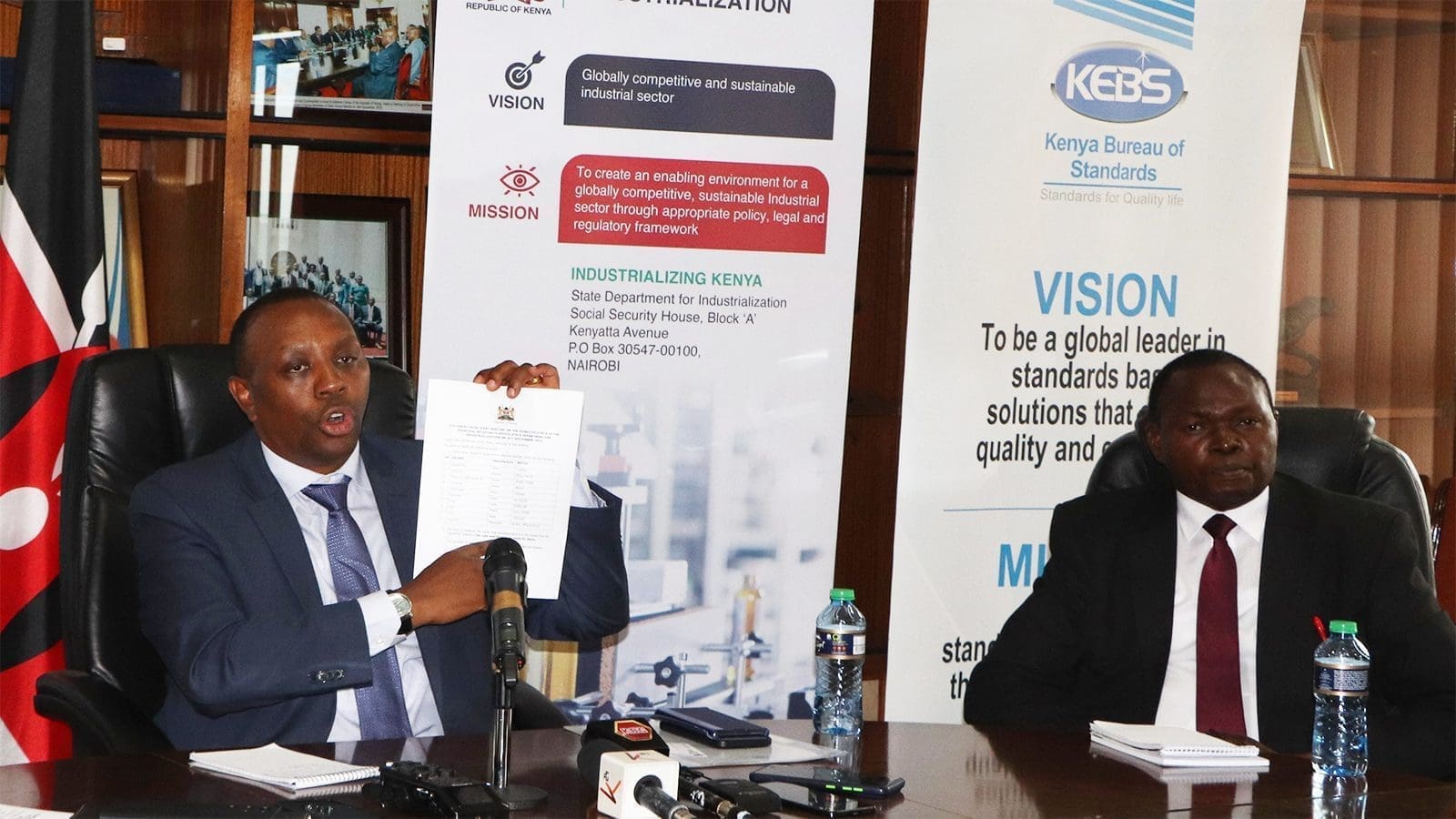U.S – The U.S. Environmental Protection Agency (EPA) intends to regulate several different forms of per- and polyfluoroalkyl substances (PFAS) as contaminants, setting new maximum levels for six PFAS in drinking water, according to a pre-publication draft of a final rule.
In March 2021, EPA issued a determination to regulate perfluorooctanoic acid (PFOA) and perfluorooctane sulfonic acid (PFOS) as contaminants under the Safe Drinking Water Act (SDWA).
EPA is now issuing a determination to regulate perfluorohexane sulfonic acid (PFHxS), hexafluoropropylene oxide dimer acid (HFPO-DA), and ammonium salt (also known as GenX chemicals), perfluorononanoic acid (PFNA), perfluorobutane sulfonic acid (PFBS), and mixtures of these PFAS as contaminants under SDWA.
The EPA is also recommending a National Primary Drinking Water Regulation (NPDWR) for the four newly regulated PFAS and their mixes, as well as for PFOA and PFOS, and health-based Maximum Contaminant Level Goals (MCLG).
According to Agency, the MCLG for PFOA and PFOS should be zero. It is recommending separate MCLs for PFOA and PFOS of 4.0 nanograms per liter (ng/L) or parts per trillion (ppt) based on feasibility and currently available analytical technologies to monitor and remediate these chemicals in drinking water.
Further, due to their known and additive harmful effects, their presence in drinking water, and their likelihood of co-occurrence, the agency is proposing to apply a Hazard Index (HI) approach to safeguard public health from mixes of PFHxS, HFPODA, and its ammonium salt, PFNA, and PFBS.
It is recommending an HI of 1.0 as the MCLGs for the four PFAS, as well as any mixture comprising one or more of the chemicals since it indicates a level at which no known or predicted detrimental effects on human health are expected to occur and provides a sufficient margin of safety.
The regulator has determined that it is also feasible to establish the MCLs mixture for these four PFAS as an HI of 1.0 if it contains one or more of PFHxS, HFPO-DA, and its ammonium salt, PFNA, and PFBS.
It has identified several areas where feedback from the public will be valuable for EPA in crafting the final rule, and is asking for comments on this action, including this proposed NPDWR and MCLGs.
The EPA will hold a public hearing on May 4, 2023, in addition to requesting written comments. It has already held one informational webinar about the proposed PFAS NDPWR with the next one slotted for March 29, 2023. The webinars will be similar, with each intended for specific audiences.
For all the latest food safety news from Africa and the World, subscribe to our NEWSLETTER, follow us on Twitter and LinkedIn, like us on Facebook and subscribe to our YouTube channel.








